What Happened to Seahawks on Derrick Henry's 60-Yard Touchdown Run
When the Seahawks managed to blow a 15-point lead to the Titans, there was one clear turning point: running back Derrick Henry’s 60-yard touchdown run.
“I think the big run probably was the big boost that they got,” agreed head coach Pete Carroll in talking with 710 ESPN Seattle the morning after the 33-30 defeat.
“That was the big play that really gave them hope that they could hang,” finished Carroll. “Up until then, we were staying out ahead of it and I think them closing so quickly just gave them a chance, they just needed one more chance and they were able to get it.”
There were 12 minutes and 30 seconds remaining in the game. The Seahawks led 30-16 and had just scored on a 68-yard bomb from Russell Wilson to Freddie Swain, thanks to a blown coverage. Then Henry’s long run came, arriving after a 15-yard catch by A.J. Brown, bringing the score back within a touchdown at 30-23.
Seattle’s defense would have been gearing up for its pure pass rush mode defense, looking to get after Ryan Tannehill while draining the clock. Instead, Henry’s touchdown left the Seahawks facing a tight battle in a tussle that they ended up losing.
Couldn't hold him back for long.
— NFL (@NFL) September 19, 2021
Derrick Henry breaks free for a 60-yard TD! #Titans
📺: #TENvsSEA on CBS
📱: NFL app pic.twitter.com/ySpgSGl0rB
What exactly went wrong on the Henry run? On the vast majority of explosive plays allowed by Seattle’s defense, the issues are based in player execution. That’s because the Seahawks' scheme is—99 percent of the time—designed to eliminate explosive plays above anything else. The Henry run was no exception, at least in the eyes of Seattle’s head coach.
“We were too aggressive on the edge,” assessed Carroll in his postgame press conference. “Just got Jamal [Adams] fired up about taking a shot at something and he, the combination of how we played the edge right there, the ball bounced and he’s [Derrick Henry] been doing that for years. He takes off and gets on the edge and nobody can take him down.”
Carroll reiterated his stance on execution to 710 ESPN Seattle.
“Really, it was just that one, the two big touchdowns were both just got kinda out-executed, we could have played them cleaner,” Carroll admitted to host Mike Salk. “They were break downs in the discipline of it, you know? We weren’t quite fitting just right, and he made something happen on them.”
— Ultra Rare Tape (@UltraRareTape) September 21, 2021
Carroll’s immediate take in the aftermath of the loss feels a tad harsh on Adams. Seattle was in its “stick” base bear front, pressuring Adams as a way to kill the bootlegs while also aiding the run defense versus the heavy Titans personnel.
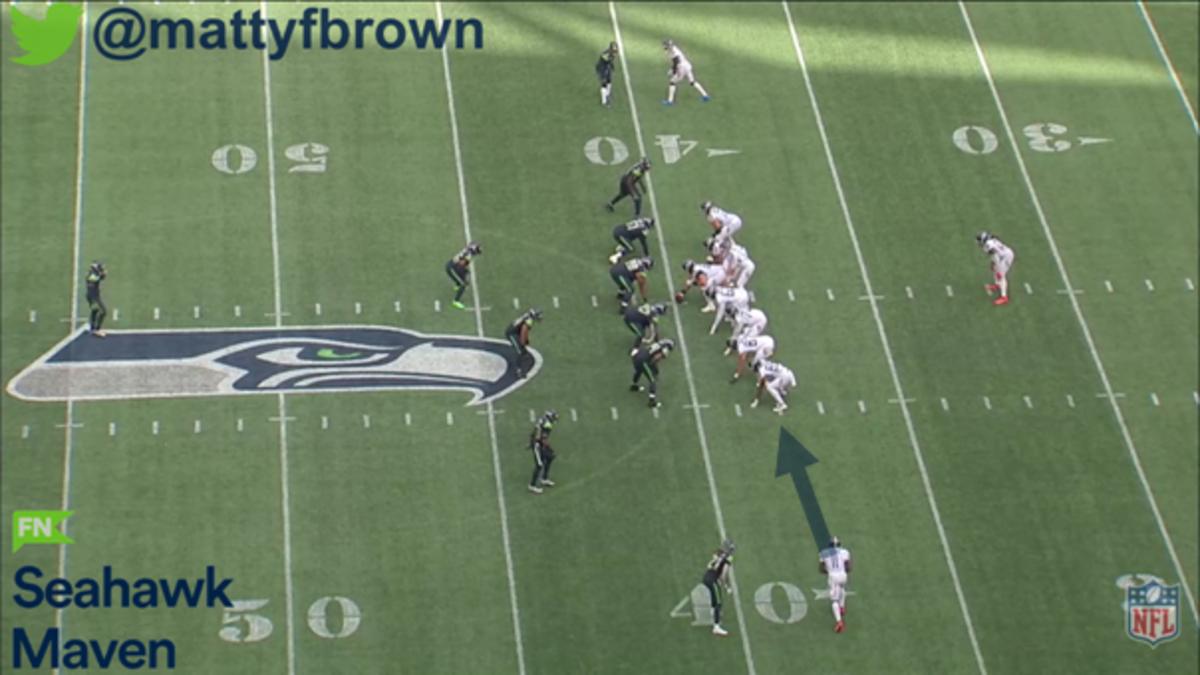
Before the snap, Tennessee motioned its receiver closer to the core, essentially creating an extra run gap. For the blitzing Adams, he saw blocks that suggested the run was going away from him on a wide zone path. He also got crack-back blocked by the receiver. It therefore made sense for Adams to attack down the line of scrimmage in his gap.
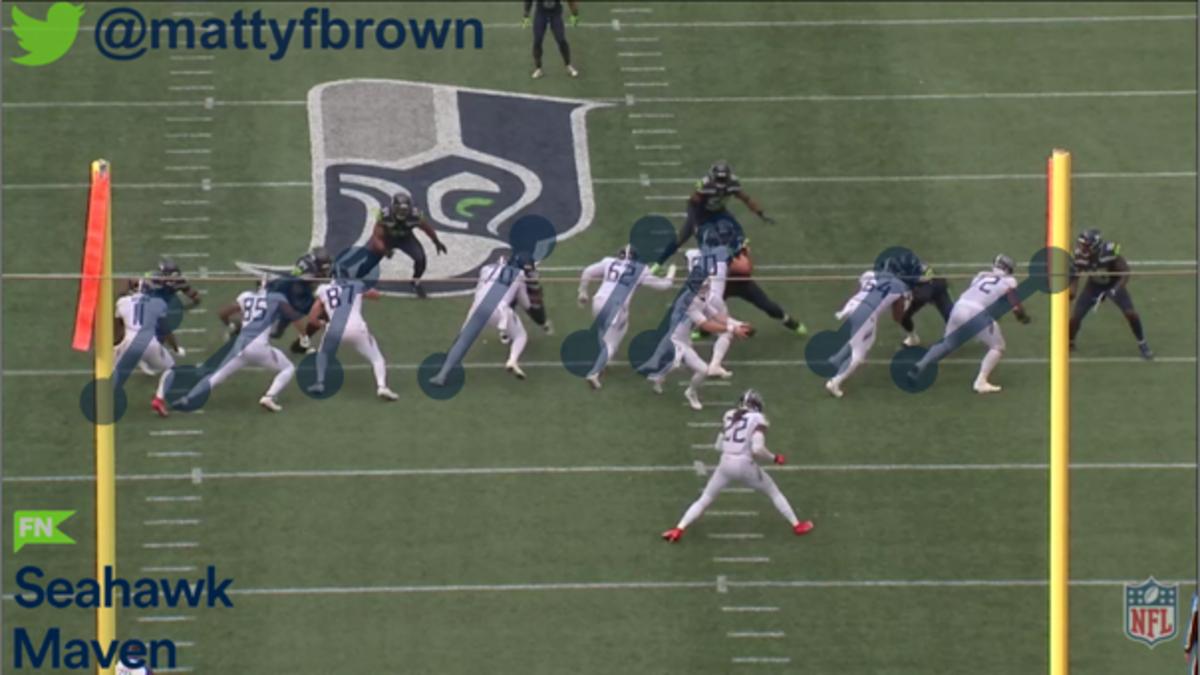
Here’s an excellent example earlier in the game of what happened when a blitzing Adams attacked down the line of scrimmage with run action showed away from him. Adams made the run stuff.
— Ultra Rare Tape (@UltraRareTape) September 22, 2021
On the big run, the Titans actually called a misdirection play that had a slow-developing mesh point, allowing Henry to see the bounce read open up for him. This was an excellent play-call to attack what Seattle had been doing. Adams’ mistake was not that he played the gap inside of the receiver, it was that he attacked into the backfield uber aggressively, essentially running himself out of the play.
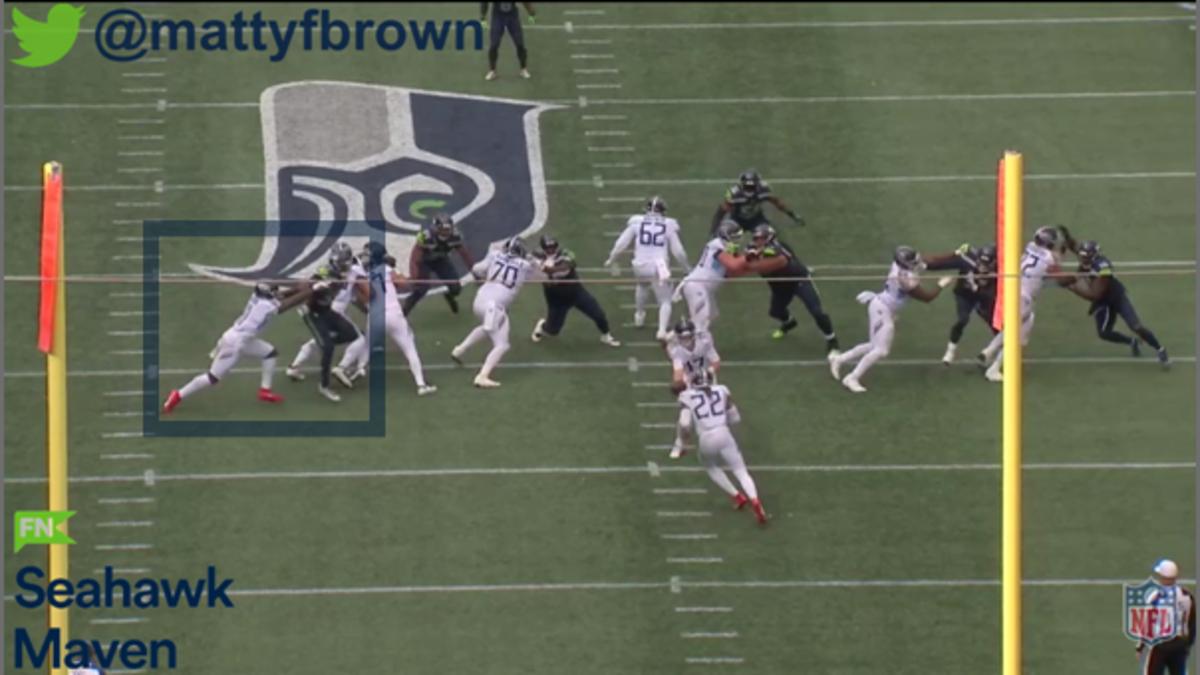
Yes, the blocking scheme lied to Adams. Yes, Adams was on a called blitz. Yes, Adams was technically in his gap. However, fast-developing read or not, Adams did not need to be so attacking. This gave the receiver, Brown, an easy block as Adams out-leveraged himself, allowing Brown to push the safety into the backfield and also widen his gap. Adams instead should have been more influenced by Henry’s counter-step path. He could have blitzed the receiver while maintaining the inside-out relationship without looking to scrape down the backfield.
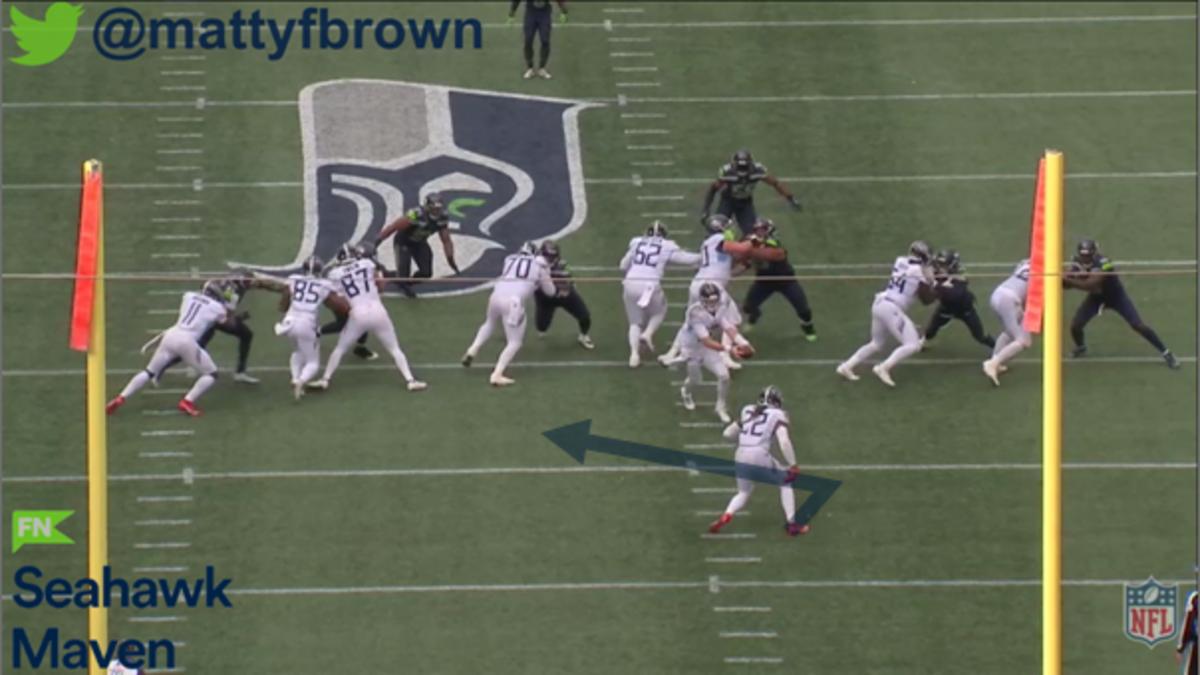
Take a look at how Adams handled a similar misdirection rushing concept when blitzing versus a tight end's block. Tennessee did not execute the play as well, which, of course, helped.
— Ultra Rare Tape (@UltraRareTape) September 22, 2021
In his Monday press conference, after watching the tape, Carroll described effective rush defense: “Playing the running game is always about spacing and we needed to do a little bit better job of it.”
Seattle did not have the right spacing on the play.
“It’s more about playing right and being in the right spots so that you’re relative to one another in the spacing that’s necessary,” said Carroll of the keys to effective run defense.
On the 60-yarder: Adams had too much depth, Tre Flowers did not tighten his alignment in response to the offense’s shift and Henry ended up running in the space created between the two. That’s what Carroll meant when he said “too aggressive” and “how we played the edge” in his postgame presser.
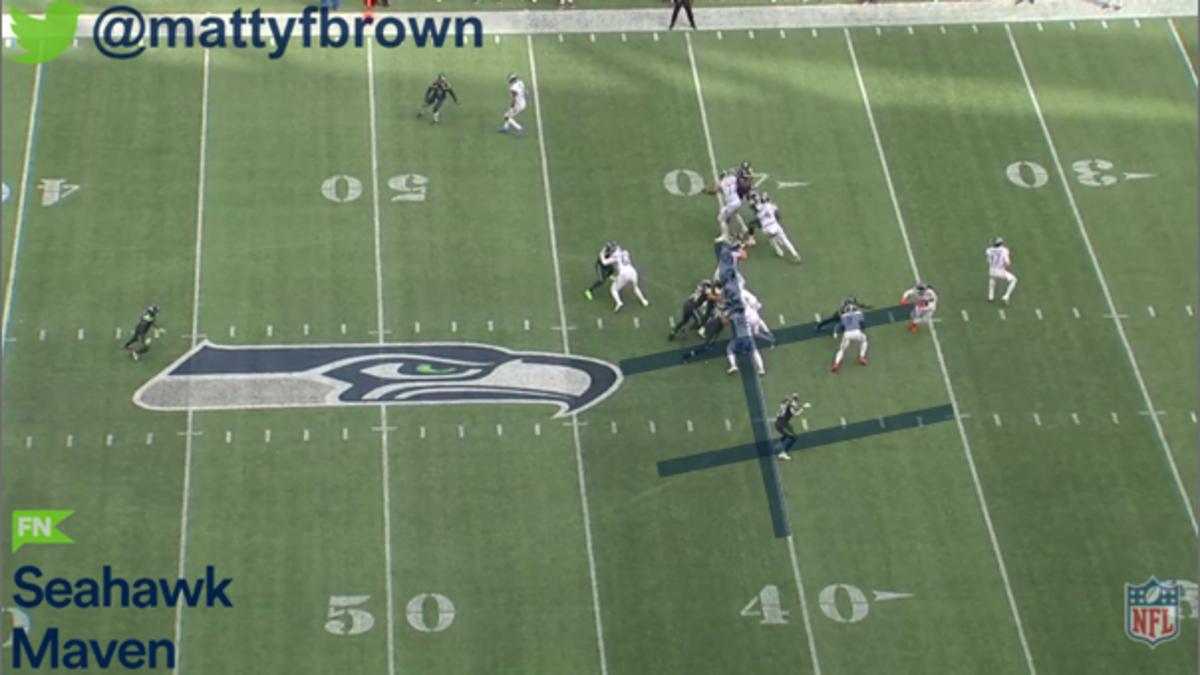
“Everybody has to do their job, has to stay in our gaps, as far as possible,” stated Adams in his respective postgame press conference. “And if we give him [Henry] a little bit of a crease, he’s going to hit it, because he’s that good.”
The Seahawks gave Henry the crease on the big touchdown.
“He did what you see him do, those are his highlights,” Carroll told 710 ESPN Seattle. “He’s got more long runs than anybody in the history of football, you know? And it’s because he’s an amazingly deceptive speed guy and he put it away.”
Henry’s ability to change direction and accelerate is crazy for a man of his size. Free safety Quandre Diggs, coming down in the alley to stop the big play, was indeed deceived by Henry’s unique skillset.
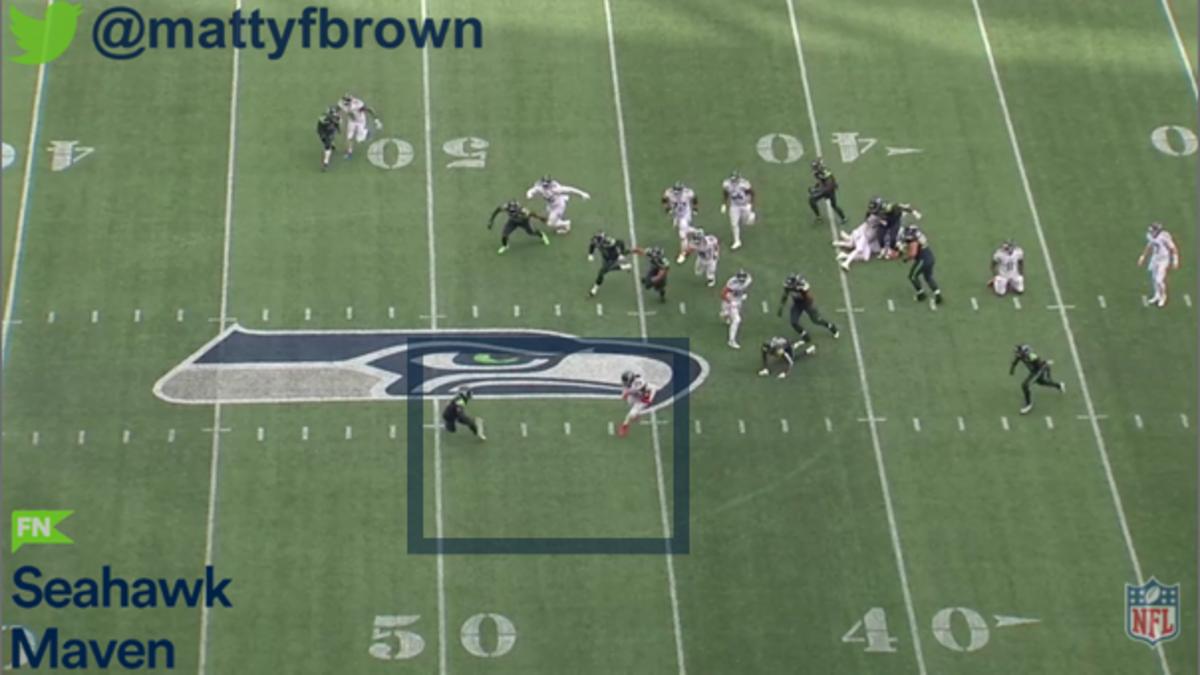
Flowers technically became the force defender on the play. Scheme-wise, the Seahawks were running a cover 3 pressure that blitzed Adams as the edge-setter on that side of the field. However, once Adams got crack-back blocked by the receiver, Flowers needed to “crack replace” him and become the new force defender in the run fit. Adams was expecting this.
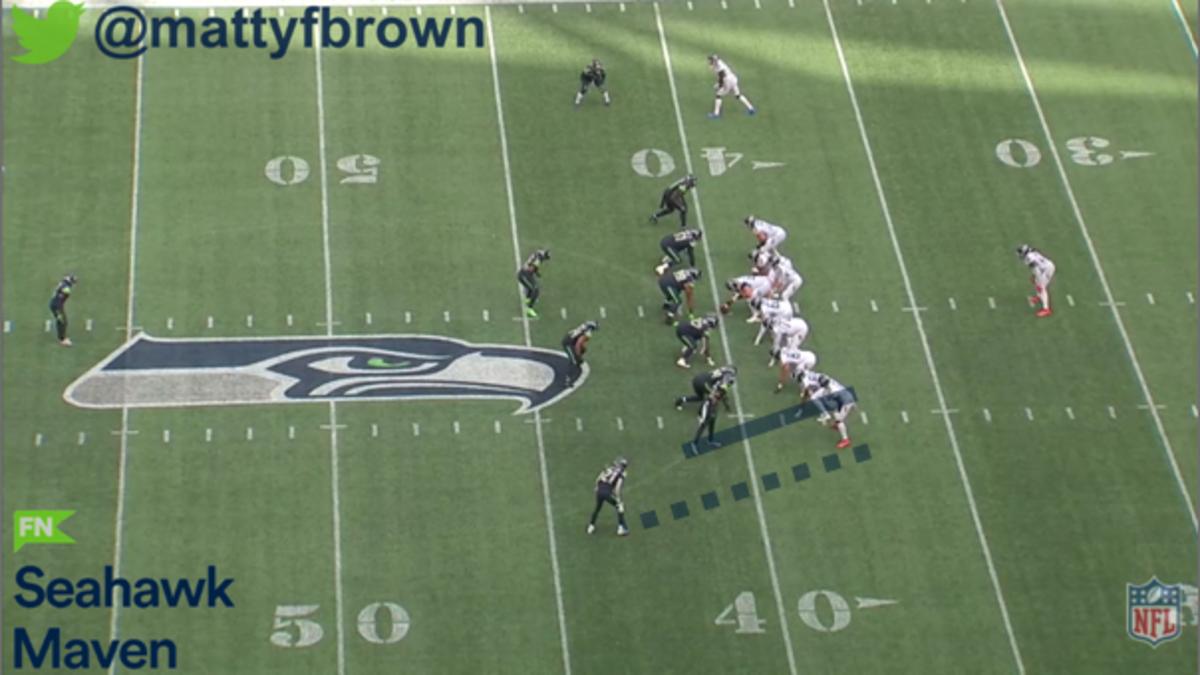
“They were involved with a lot of different coverages, a lot of different stuff that they did,” Carroll informed reporters of the cornerbacks’ deployment on Monday. “They were involved in run support quite a bit too, in the game, like the one on the big play that we missed.”
As soon as Flowers saw the receiver motion close to Adams, he needed to be alert for the crack-back block (Adams should have been too) and the corner’s responsibility to replace that. Flowers should have tightened his pre-snap alignment to put himself in a better position to make the play. Instead, he was caught too far outside.
Aside from this moment, Seattle’s run defense versus Henry was effective. On Henry’s 34 other runs, he averaged just 3.5 yards per carry.
“We slugged it out so many snaps with and Derrick Henry all night long,” observed Carroll to 710 ESPN Seattle. “We hit him all night long.”
The Seahawks did smash Henry, an observation supported by the charting of Pro Football Focus and Jarad Evans. Henry was hit within one yard or behind the line of scrimmage on 26 of his 35 carries in Seattle. This does, however, suggest the Seahawks should emphasize their tackling; 160 of Henry’s 182 rushing yards arrived after contact.
Despite Henry's volume numbers, Seattle’s run stop win rate—a metric devised by ESPN—is still high. The Seahawks are tied for fifth-best in the league with a 34 percent RSWR; the highest mark in the NFL is 38 percent, currently held by the Raiders.
All it took was one moment for Henry to make his big play.
“We just don’t play the play well enough. ... At the end, he [Henry] had more than we had,” Carroll summarized.
“You know, he got rolling," finished Adams. "And when he gets rolling, he’s dangerous."
